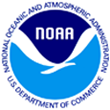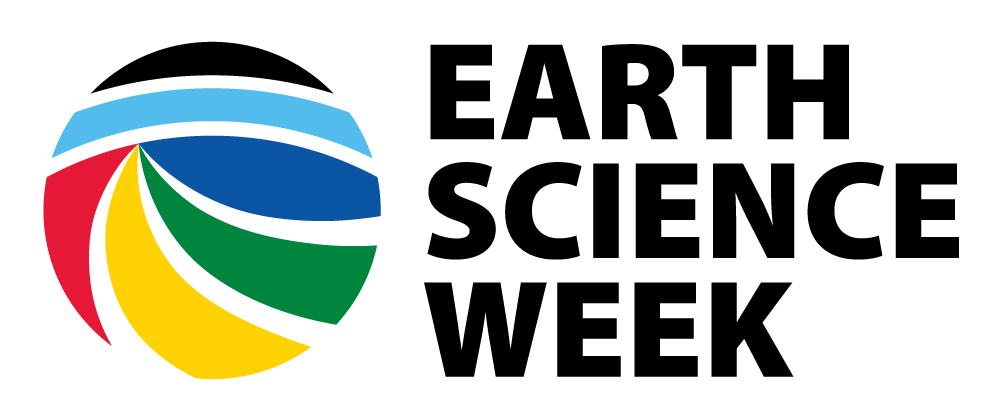Earth Science Week Classroom Activities
No Child Left Inside Activity
Make Your Own Compass
Grade Level: 6-8 Earth Science, Engineering, and Geography
Activity Source: Adapted with permission by the National Oceanic and Atmospheric Administration from Discover Your World with NOAA: An Activity Book

Background
In ancient times, sailors found their way by observing stars and other celestial bodies — when they were visible through the clouds, that is. Thus, one of the most important improvements to ocean navigation was the invention of the compass.
There is some disagreement about who should get credit for this invention. It’s pretty clear that the Chinese knew about magnetism as early as 2637 BC, but the first written description of a compass for navigation didn’t appear in Europe until 1190. Why did it take so long? After you do this activity, you may have at least one good answer!
Materials
- Sewing needle about one to two inches long
- Small bar magnet or refrigerator magnet
- Small piece of cork (corks from wine bottles work well, but not the plastic stoppers)
- Small glass or cup of water to float the cork and needle
- Pair of pliers
- Pair of scissors or knife (to cut cork)
Procedure
Safety: Needles, scissors, and knives are sharp — be careful! Also, magnets can damage cards with a magnetic stripe (credit cards, library cards, school IDs, etc), computer monitors, and some electronic devices. Keep magnets away from these things.
-
Rub a magnet over the needle a few times, always in the same direction. This action magnetizes the needle.
-
Cut off a small circle from one end of the cork, about 1/4-inch thick. Lay the circle on a flat surface.
-
Using a pair of pliers, carefully poke the needle into one edge of the circle and force the needle through the cork so that the end comes out the other side. Push the needle far enough through the cork so that about the same amount of needle is sticking out each side of the cork. Be careful not to stick yourself!
-
Fill the cup about half full of water, and put the cork and needle assembly on the surface of the water.
-
Place your “compass” on a flat surface and watch what happens. The needle should point towards the nearest magnetic pole — north or south, depending upon where you live.
-
Try placing a magnet near your compass and watch what happens. How close does the magnet have to be to cause any effects? Try this again with a nail or other steel object. You can see why it’s important to keep metal objects away from compasses on ships!
-
Imagine you are on the deck of a ship tossing back and forth on the open ocean. How well do you think your compass would work? When the cork floats on the water it creates a sort of low friction bearing. This kind of bearing is essential to allow the needle to rotate in response to Earth’s magnetic field. But a cup of water probably wouldn’t last long on the deck of a rolling ship! The need for a sturdy low-friction bearing was one of the reasons that it took a long time for mariners to use compasses at sea, even though the basic principles had been known for centuries.
Standards and Connections
NGSS
- Disciplinary Core Ideas: ESS1.C: The History of Planet Earth; ETS1.B: Designing Solutions to Engineering Problems; PS2.B: Types of Interactions
- Science and Engineering Practices: Developing and using models; Constructing Explanations and Designing Solutions
- Crosscutting Concepts: Cause and effect; Structure and function
Additional Standards The World in Spatial Terms: Geography Standard 1: How to use maps and other geographic representations, geospatial technologies, and spatial thinking to understand and communicate information.
Sustainability Connections
- SDG 9: Industry, innovation, and infrastructure– The use of mapping tools helps in navigation, planning, and infrastructure.
